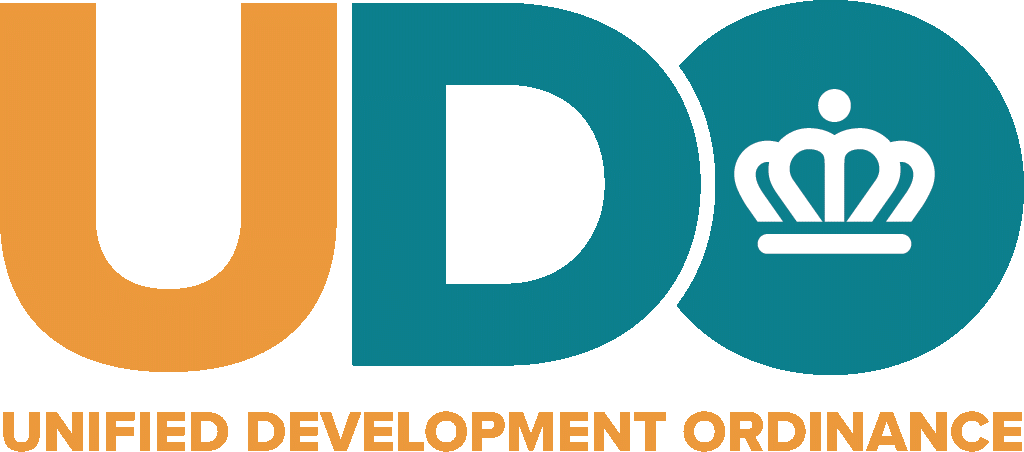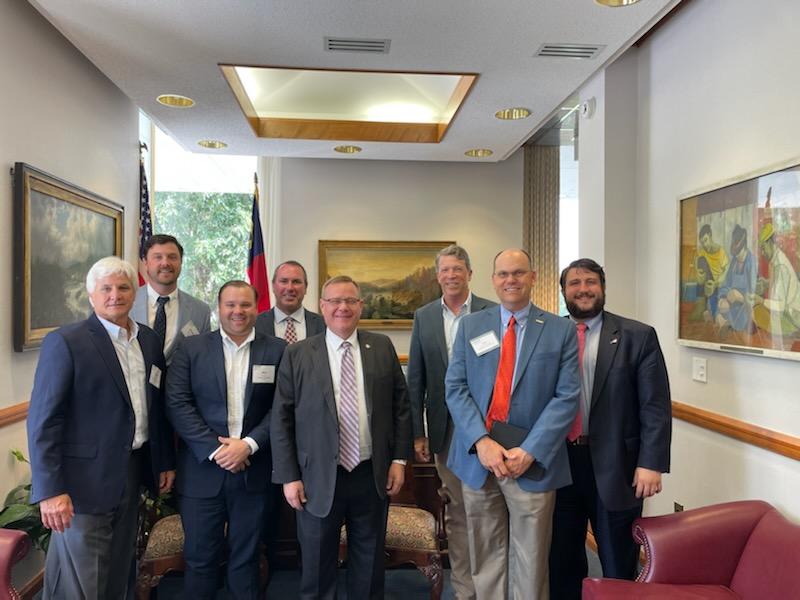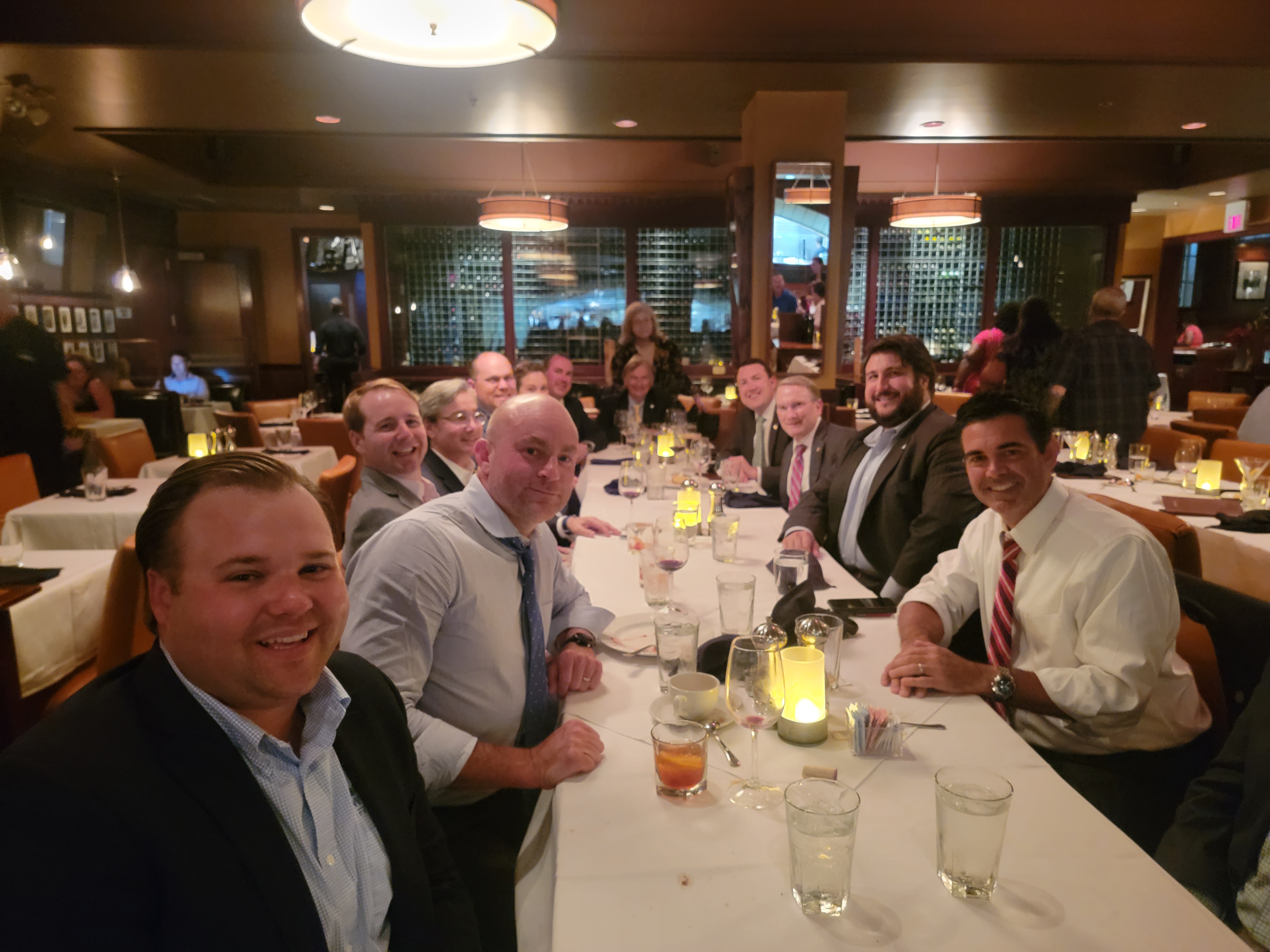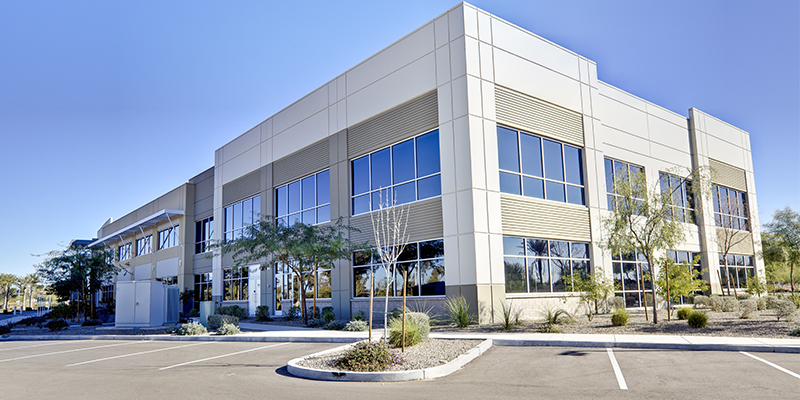
Vacant Storefronts Can be Repurposed into Retail Incubators
They can provide an immediate boost in shopping districts and grow future businesses into long-term tenants.
- Written by Ilana Preuss, Development Magazine
The COVID-19 pandemic has left America’s retail districts pockmarked with empty storefronts, but there is a creative solution. These vacant spaces, which often can be purchased or rented at reduced prices, are prime targets for conversion into retail incubators.
Retail incubators, like business incubators, nurture new or small-scale entrepreneurs during the startup phase. They mitigate some of the challenges of opening a business by providing financial and technical assistance, such as the basics of marketing and business plans. Tenants typically share space, ideas and operating expenses in locations that they could not otherwise afford. Many spaces have flexible or temporary lease terms. Some allow for small-scale manufacturing and hold community events, such as product demonstrations, fashion shows and art openings.
In addition to real estate, retail incubators provide fledgling businesses with valuable resources such as technical and financial assistance.
According to the U.S. Chamber of Commerce, new business applications in the United States set an all-time record of 5.1 million in 2021. At the same time, the pandemic has led to consolidation of space and locations by major retail brands, which reduced the prospect of attracting businesses. The challenge for small businesses is they can’t immediately fill the footprints of major store closings. However, they can make temporary use of retail space to establish their businesses, and occupying formerly abandoned stores can help energize struggling downtowns.
























